High Field Side Lower Hybrid Current Drive System Commissioning and Operational Assessment
2025 Research Campaign, Thrust: High Field Side LHCD
Purpose of Experiment
The purpose of the experiment is to commission the newly installed High Field Side (HFS) Lower Hybrid Current Drive (LHCD) system on DIII-D and condition the systems for long pulse high power operation so it can reliably handle 4.6 GHz RF power for the eight sets of klystrons, transmission lines, and coupler systems.
Experimental Approach
The experiments will focus on the goals of the LHCS Thrust to bring the system to high power coupled to the plasma, to commission the system, to complete an operational assessment, and to retire the risks associated with the new system. The experiments will characterize the antenna coupling behavior to enable further testing of the LHCD physics and the operation as a current drive source for DIII-D. The LHCD system on DIII-D was operated into the dummy loads and the pulse length was extended to 3 seconds with total power above 500 kW. The coupler antenna is installed in vessel and the vacuum interface connects the in-vessel waveguides and launcher and the out of vessel parts of the transmission lines. The next step is to launch RF power into the plasma and to condition the klystrons, transmission lines, windows and waveguide couplers at increasing pulse length and power. This activity will be monitored with diagnostics and interlocks in order to prevent failures and damage to the vessel or to the LHCD system. The efforts will be focused on reaching 0.7 MW and 300 ms to the plasma as soon as possible to facilitate both exploitation in FY25 as a current drive source and enable key testing of LHCD physics. The HFS LHCD System will ultimately validate the novel approach for RF noninductive off-axis current drive for r/a~0.60.8, with the centerpost launcher placement that improves wave accessibility and penetration while reducing plasma interaction issues and associated coupler damage. Development of the LHCD system to high power will be pursued with a sustained effort in startup, physics commissioning and piggyback time in FY25.
See more details, including project leads, at U.S. Department of Energy, Office of Scientific and Technical Information (OSTI).
